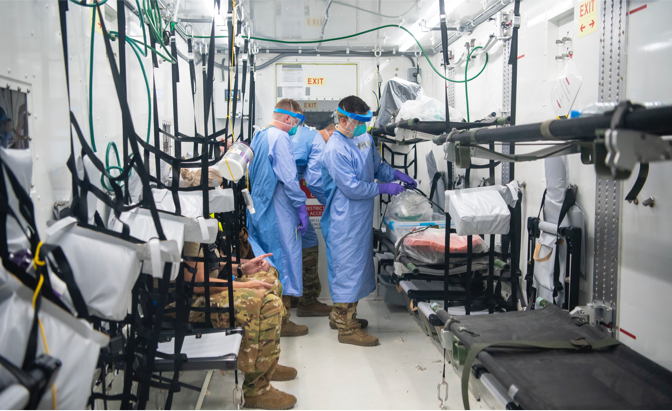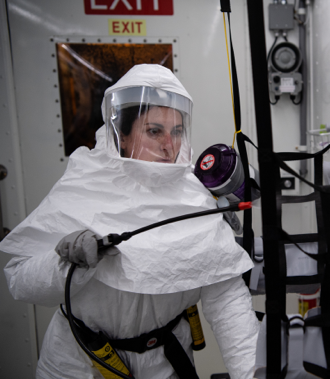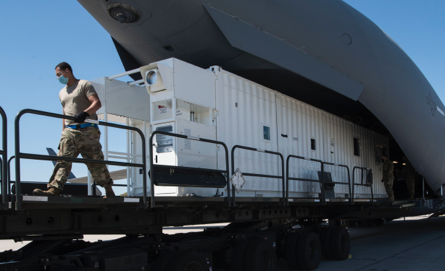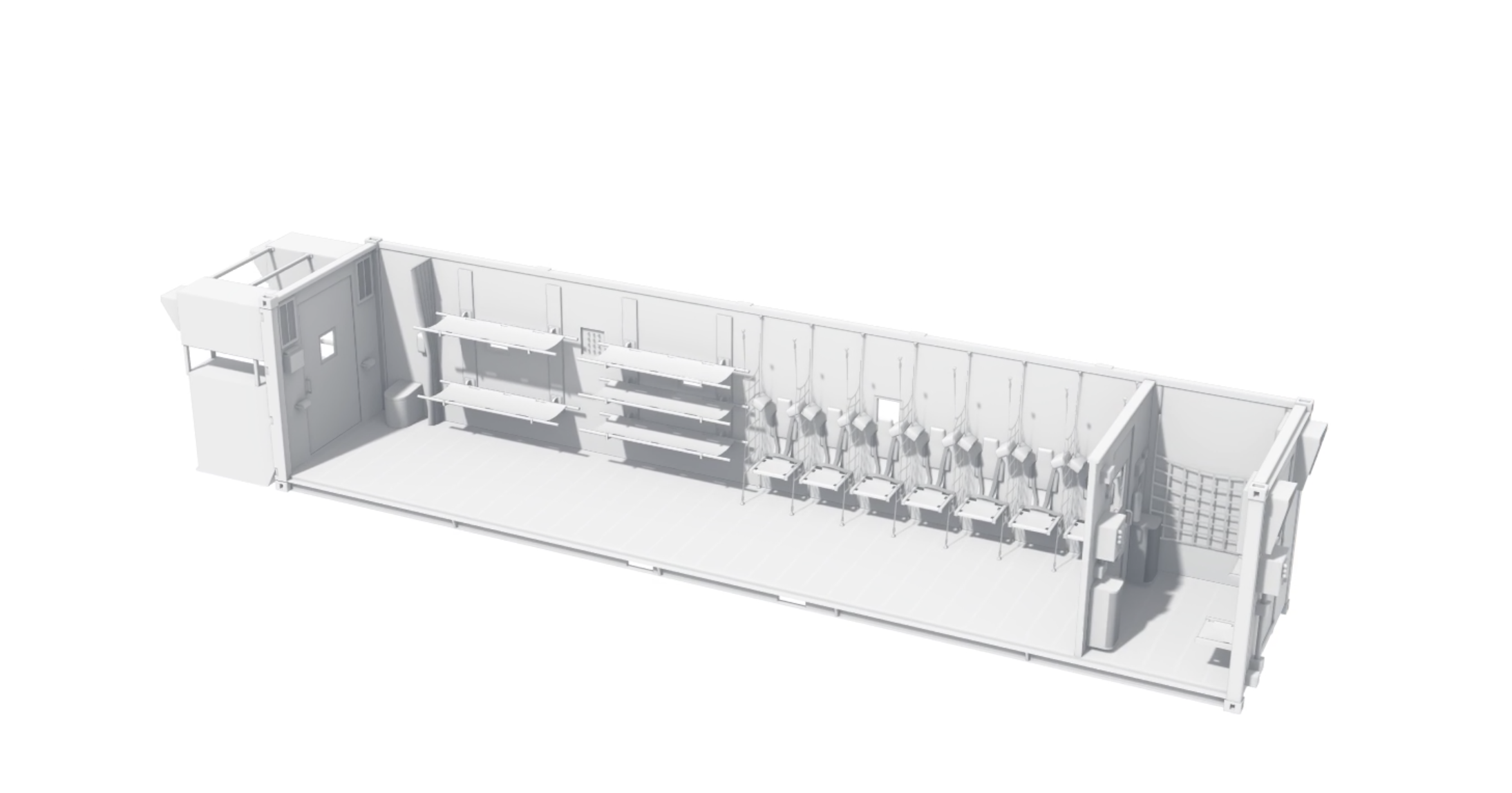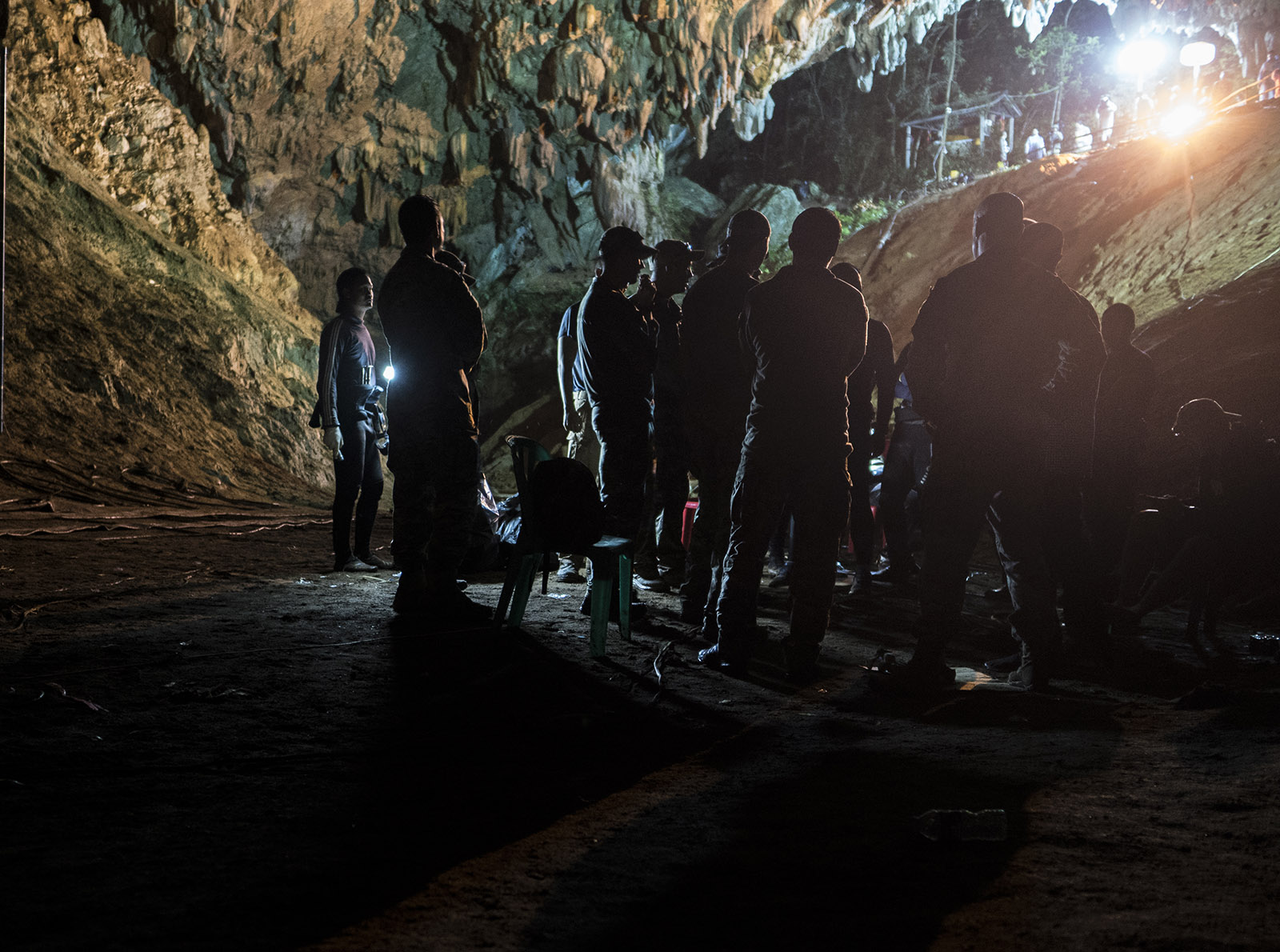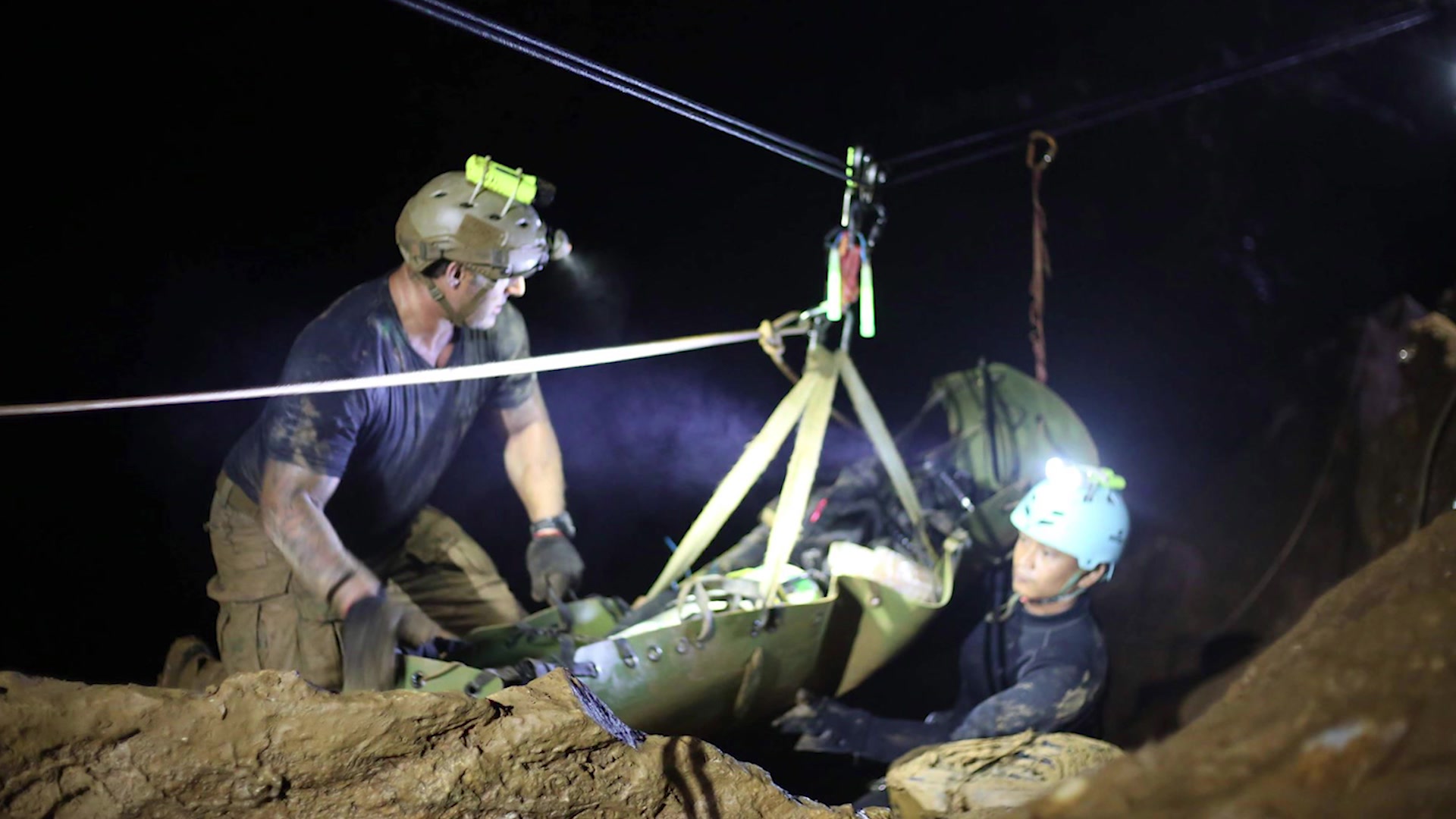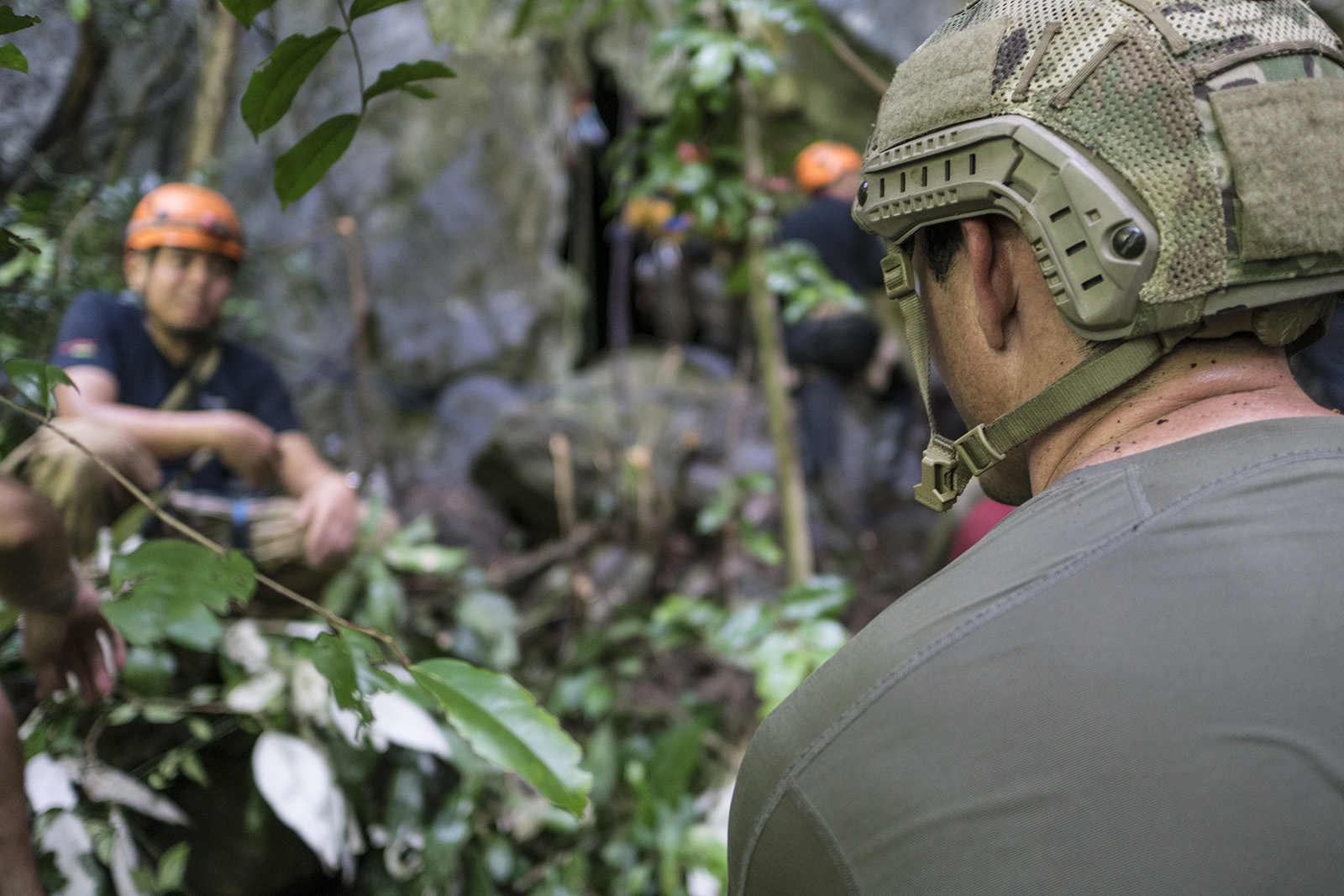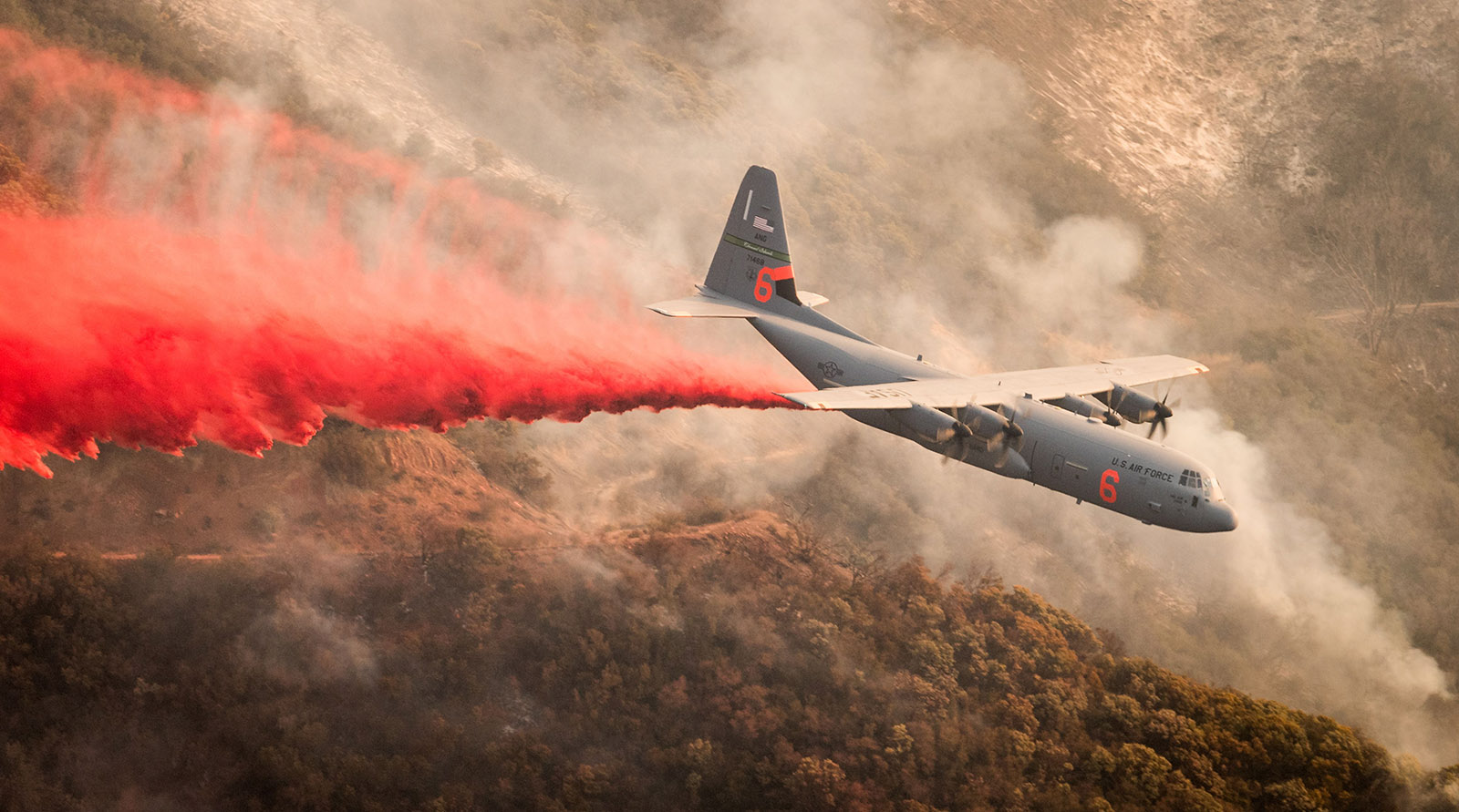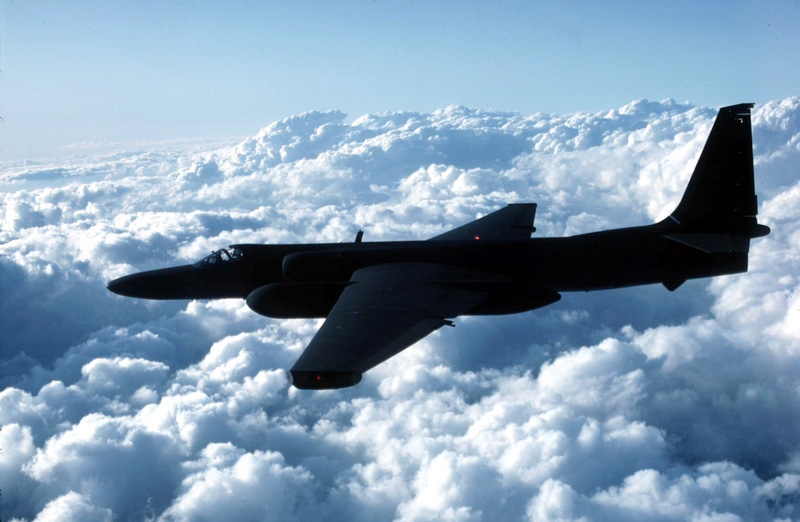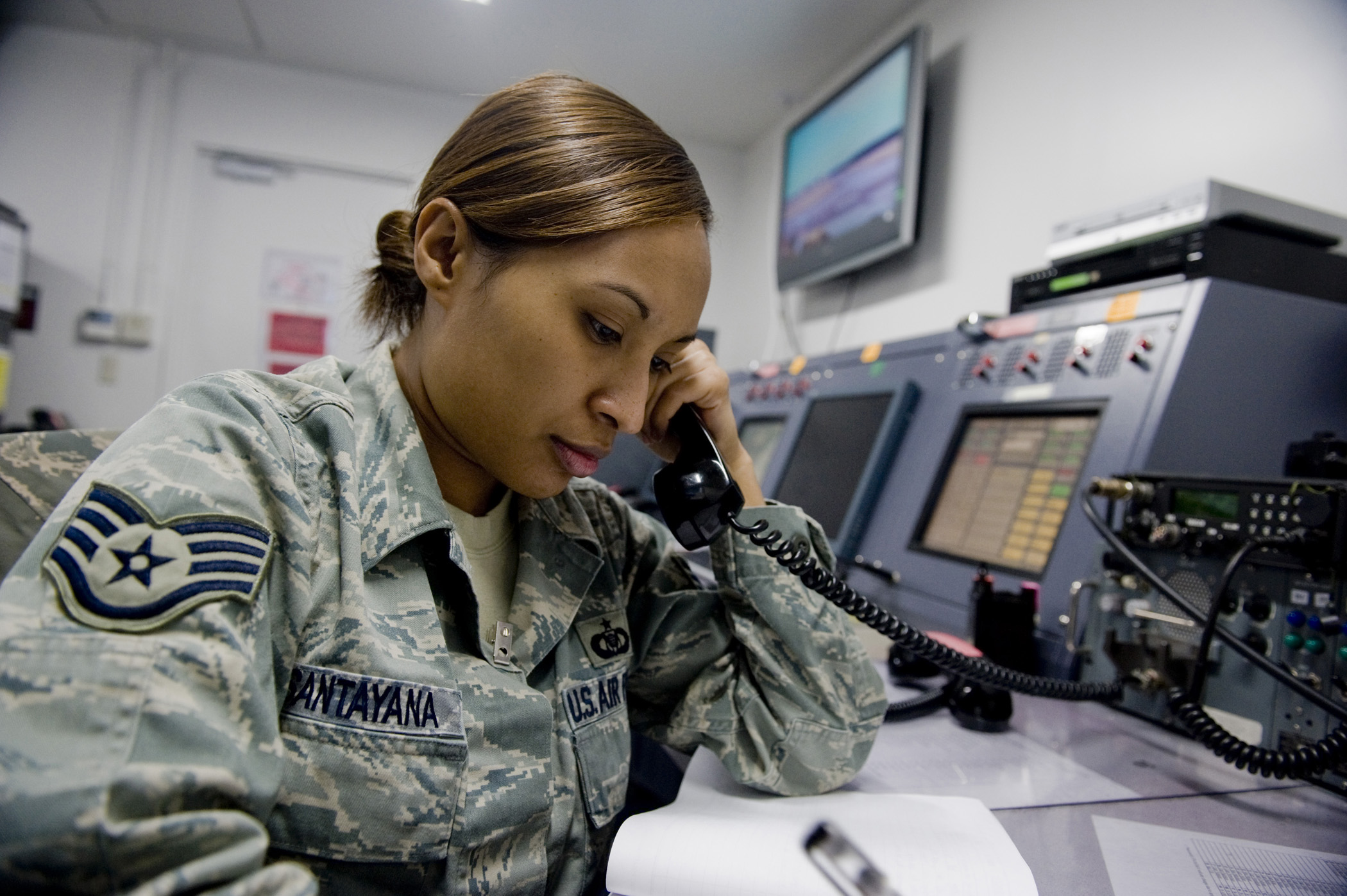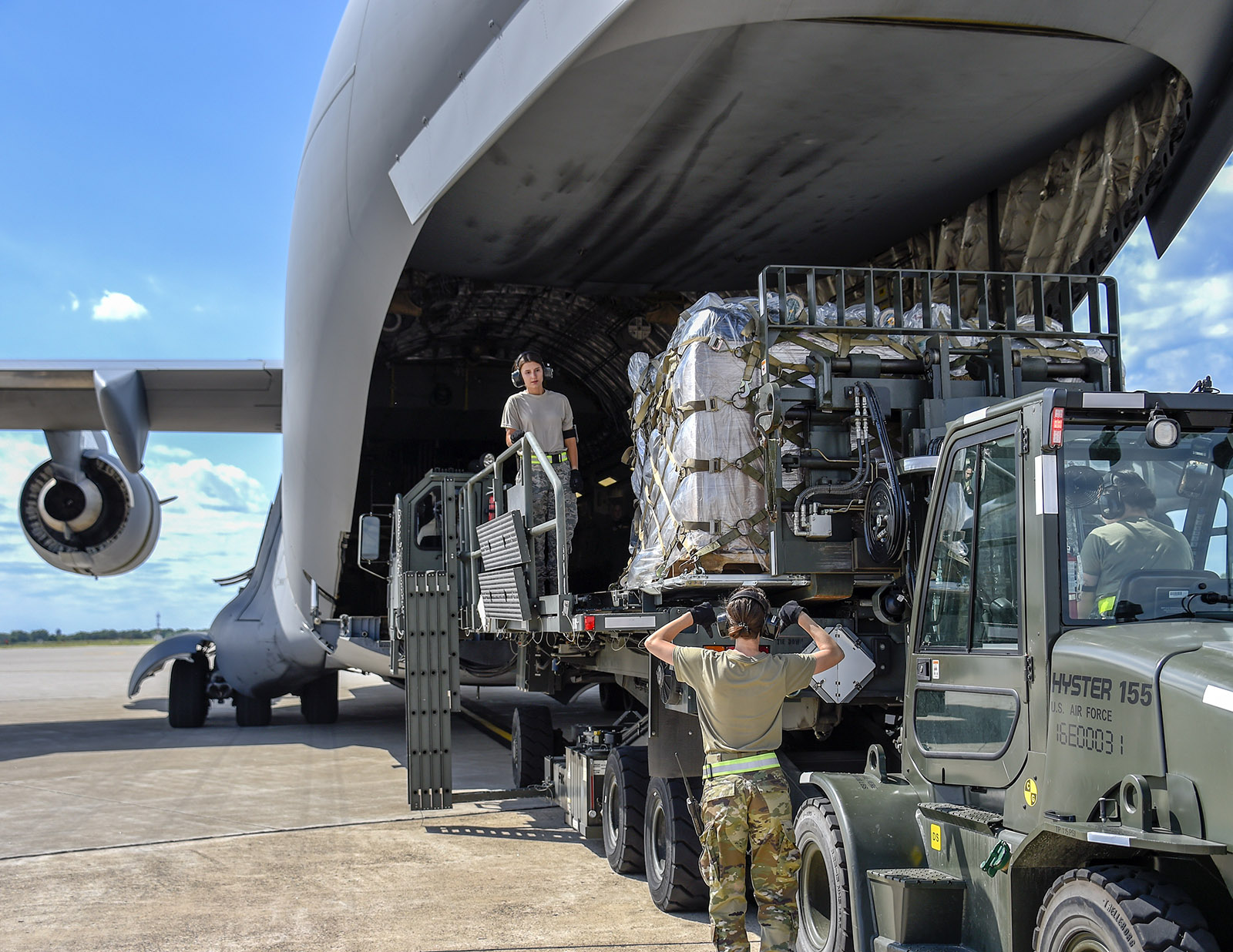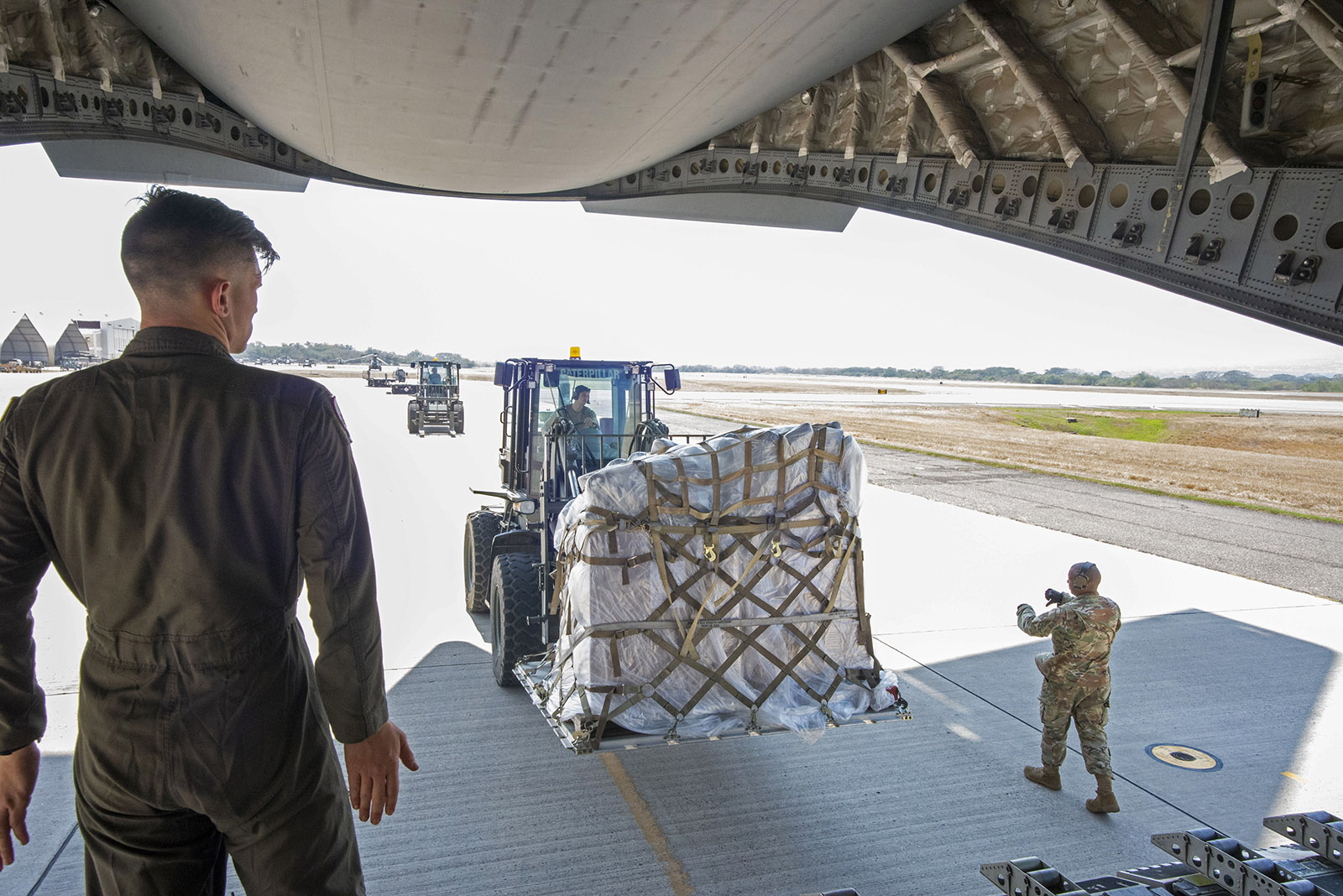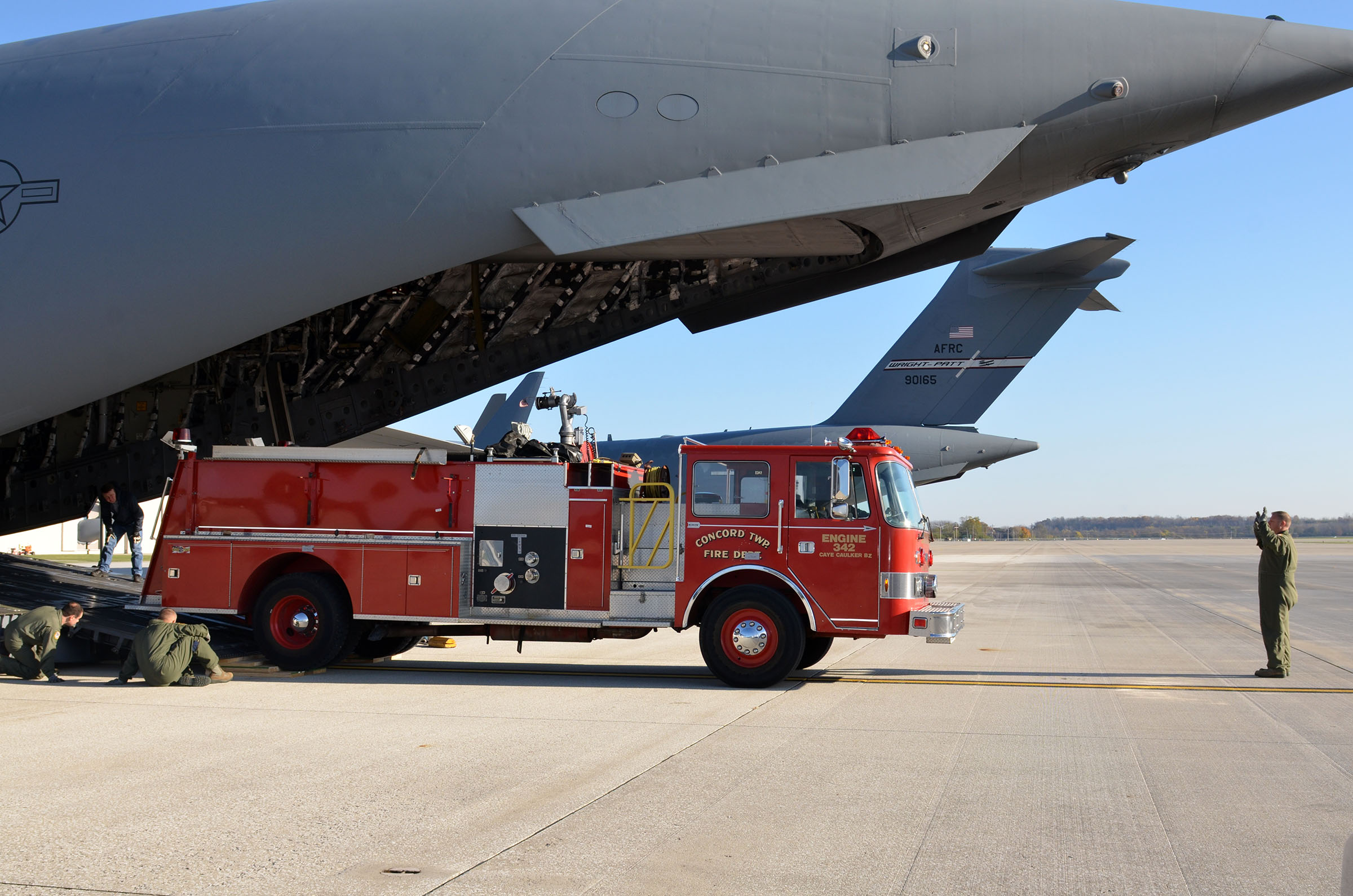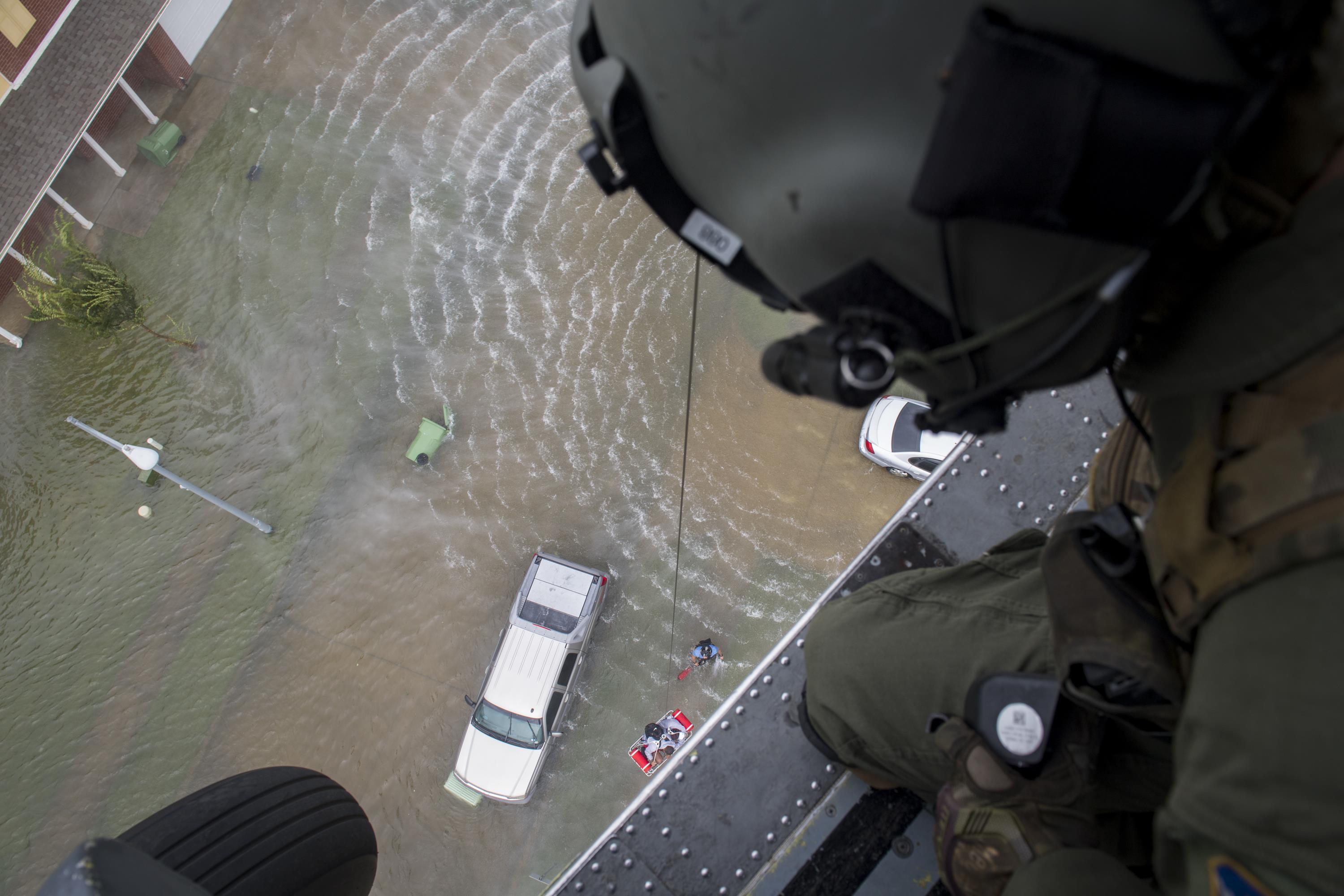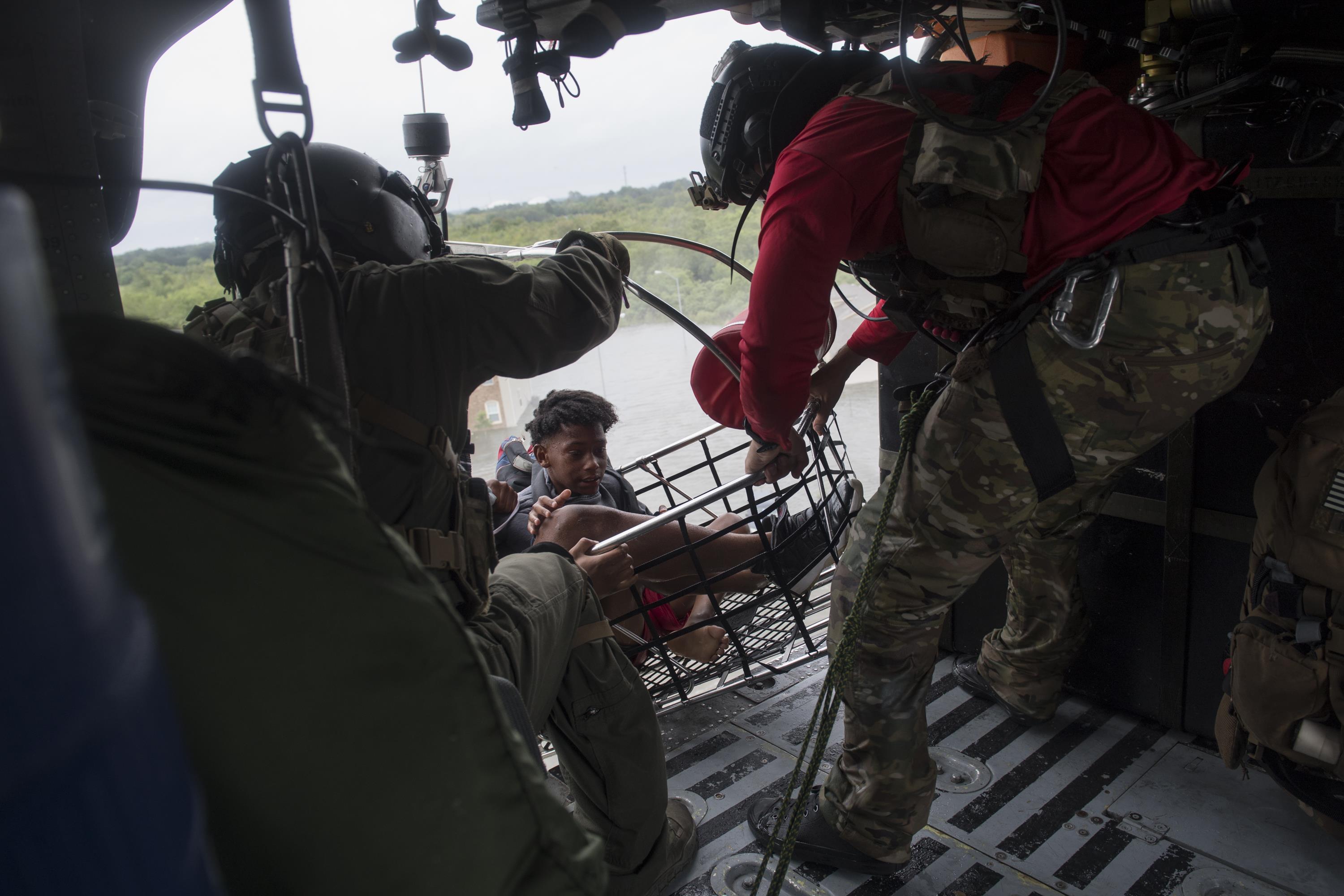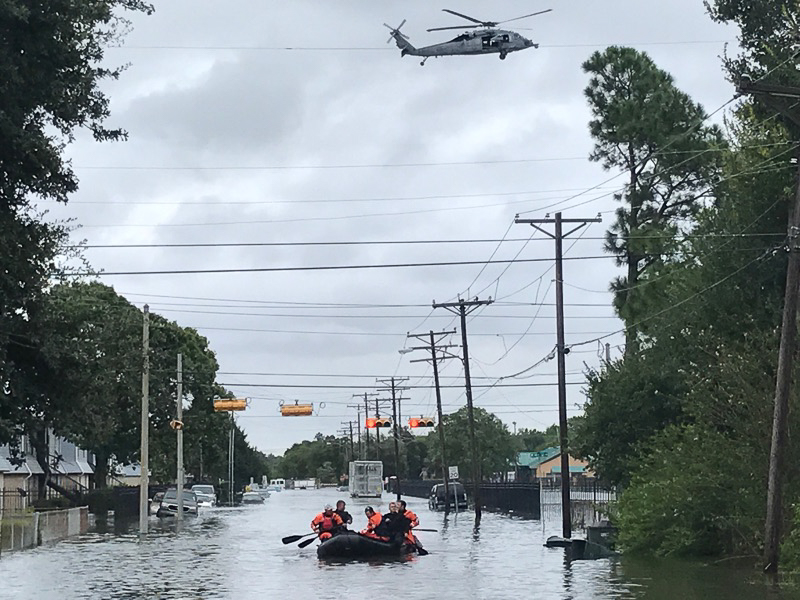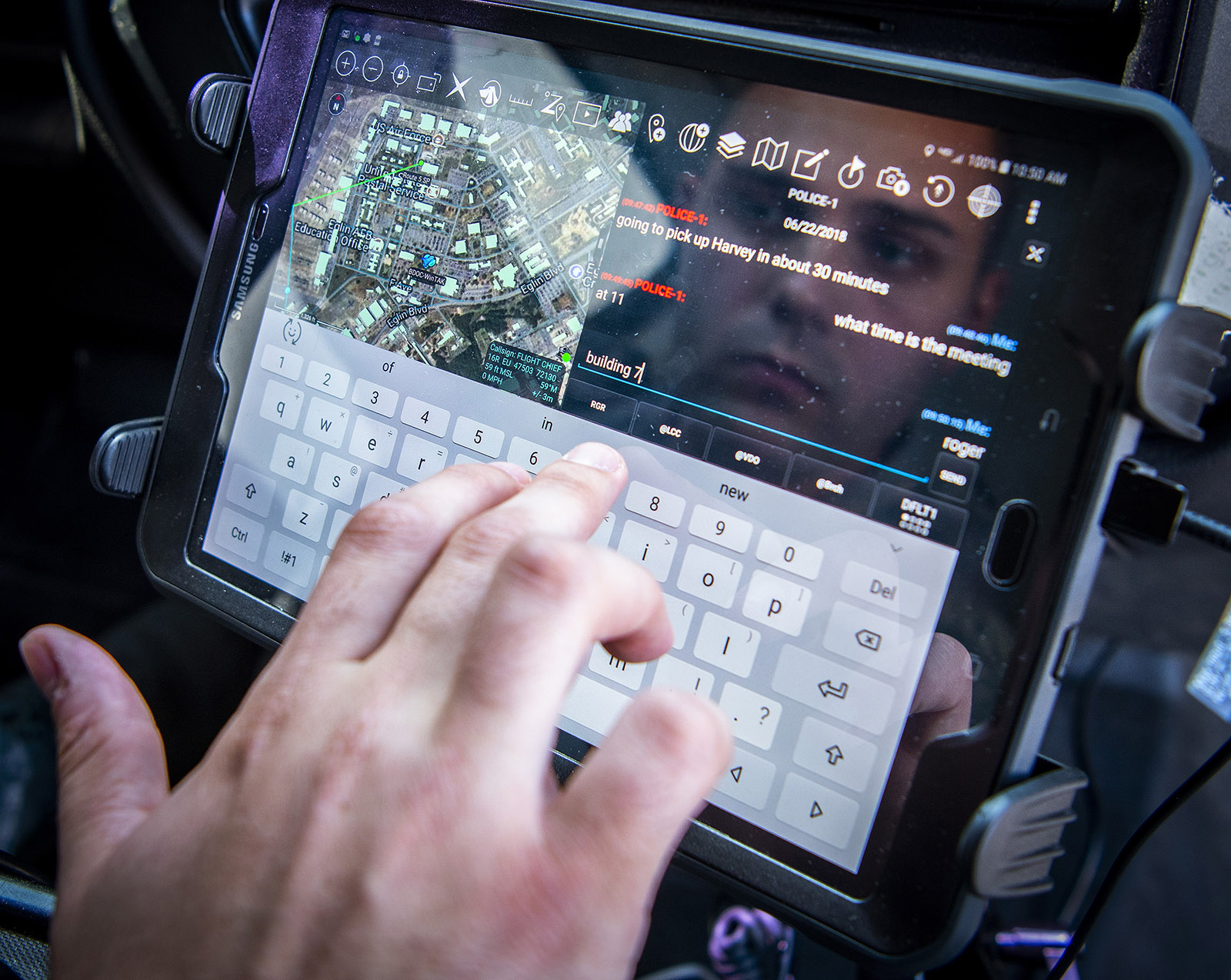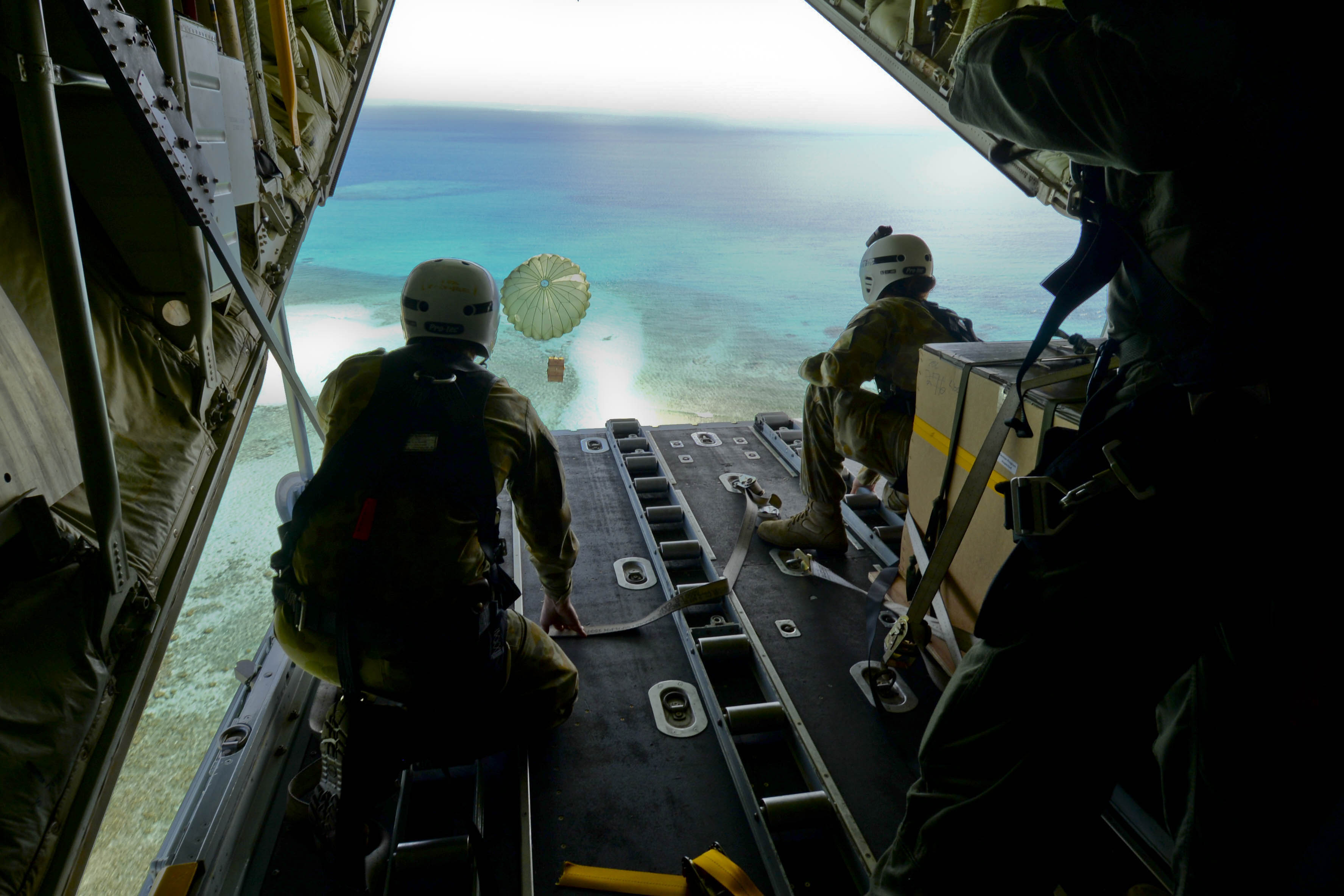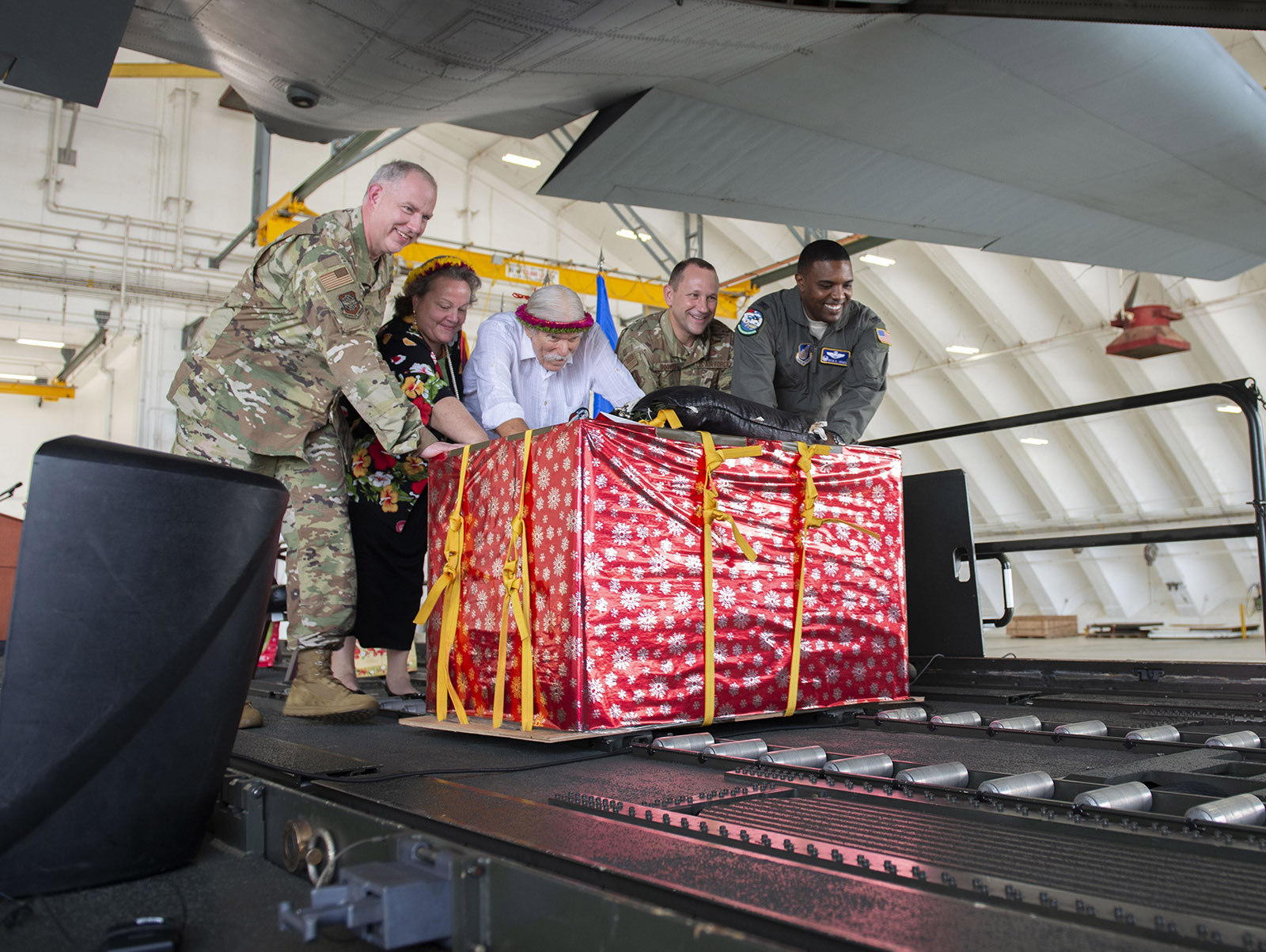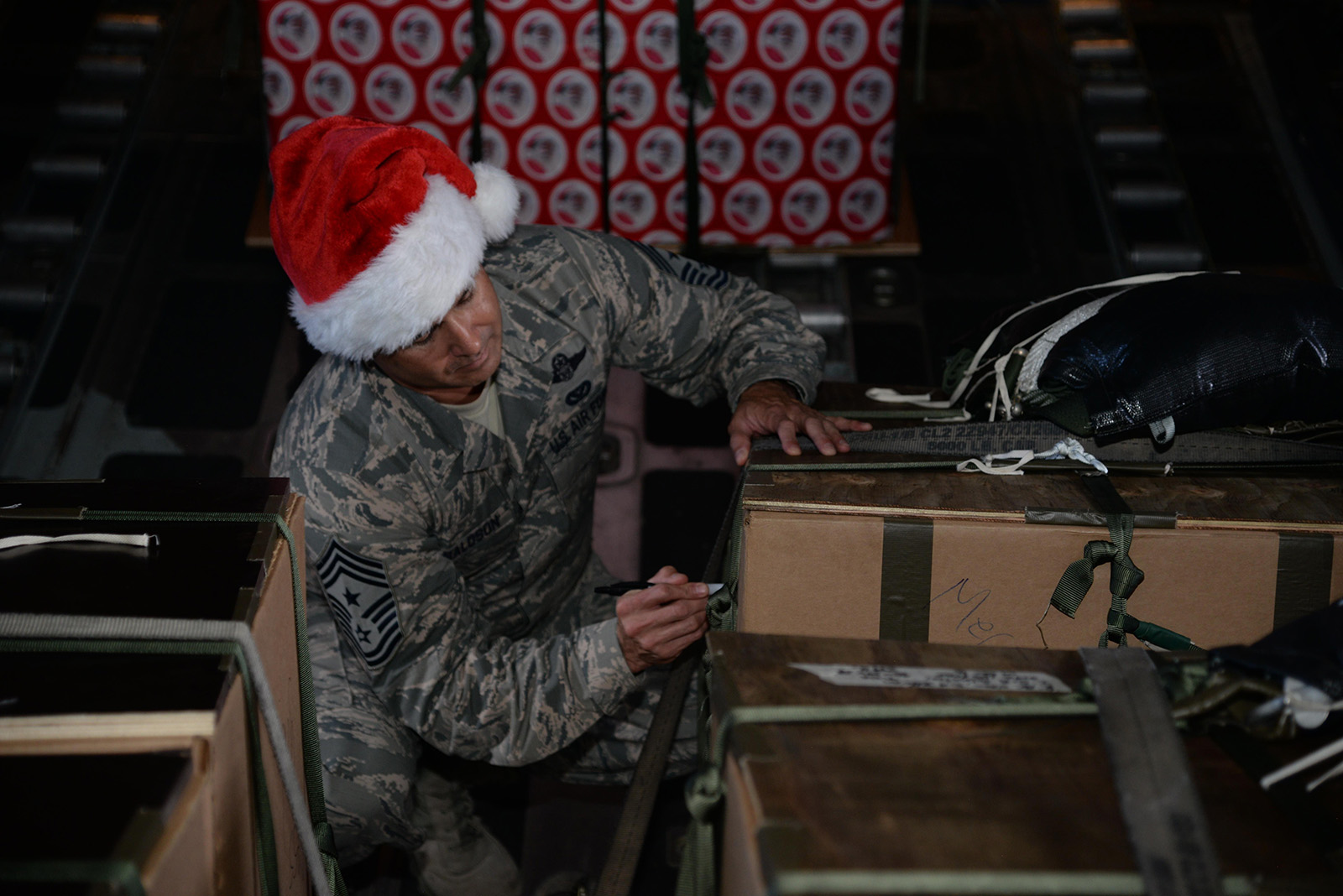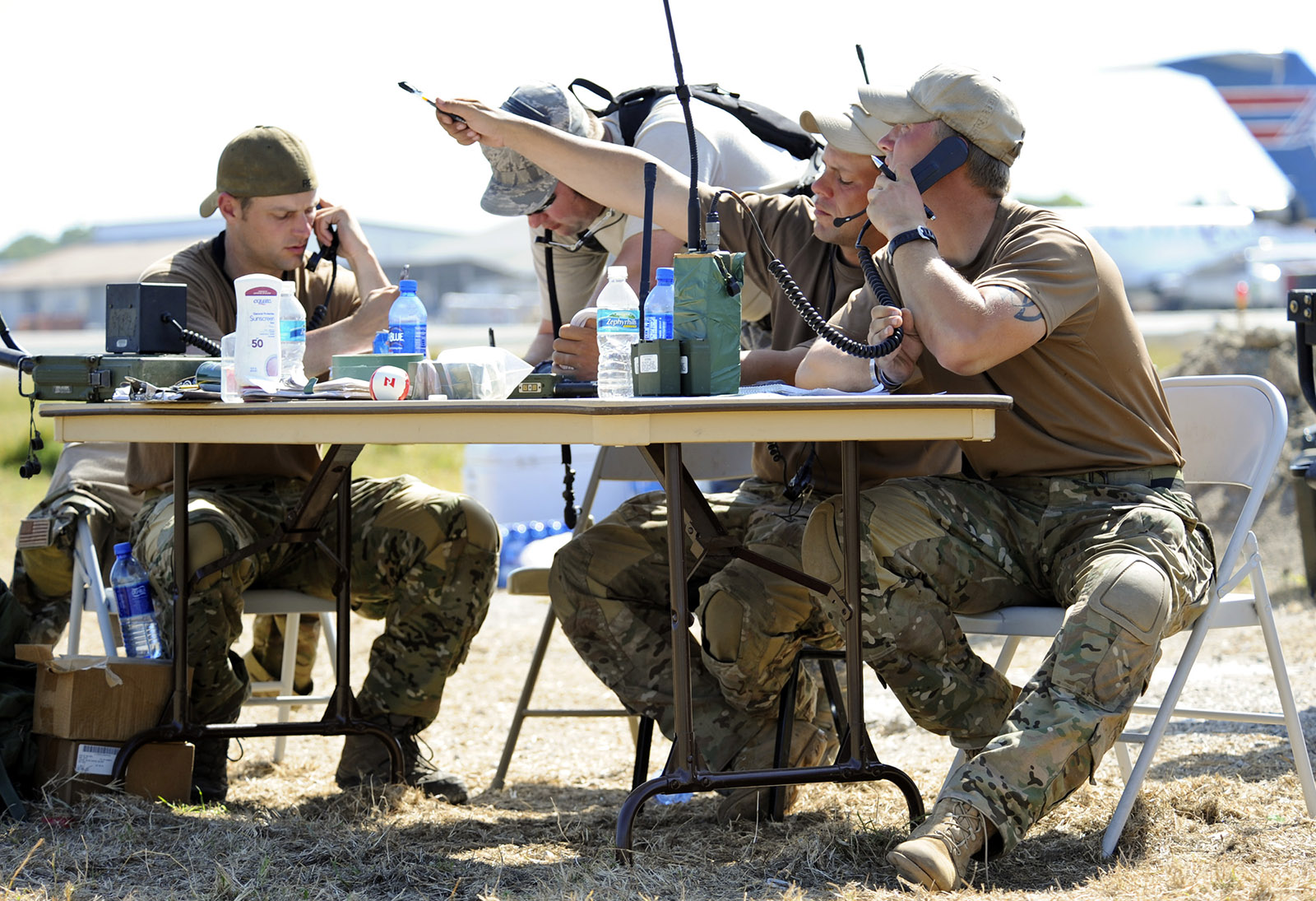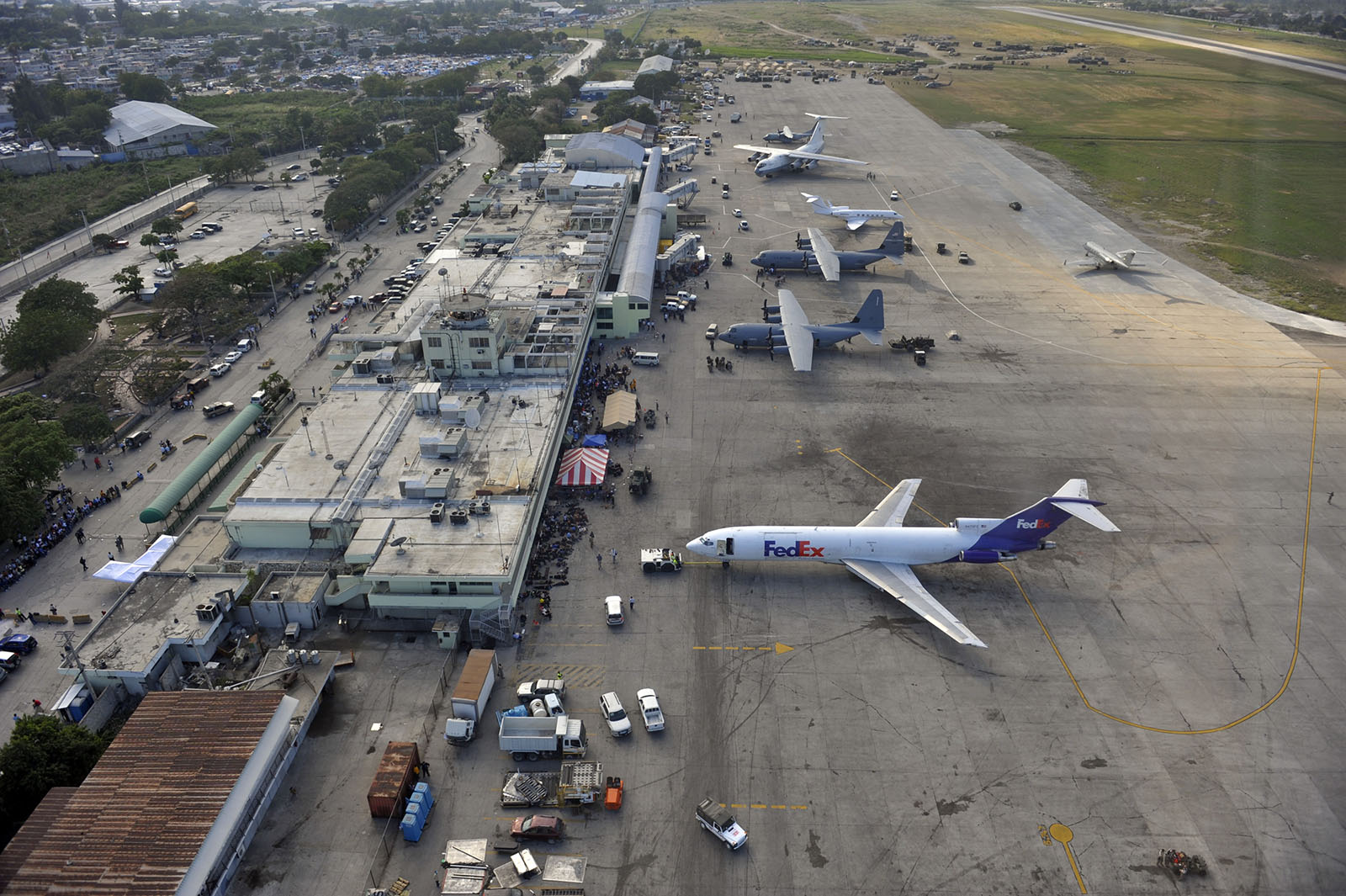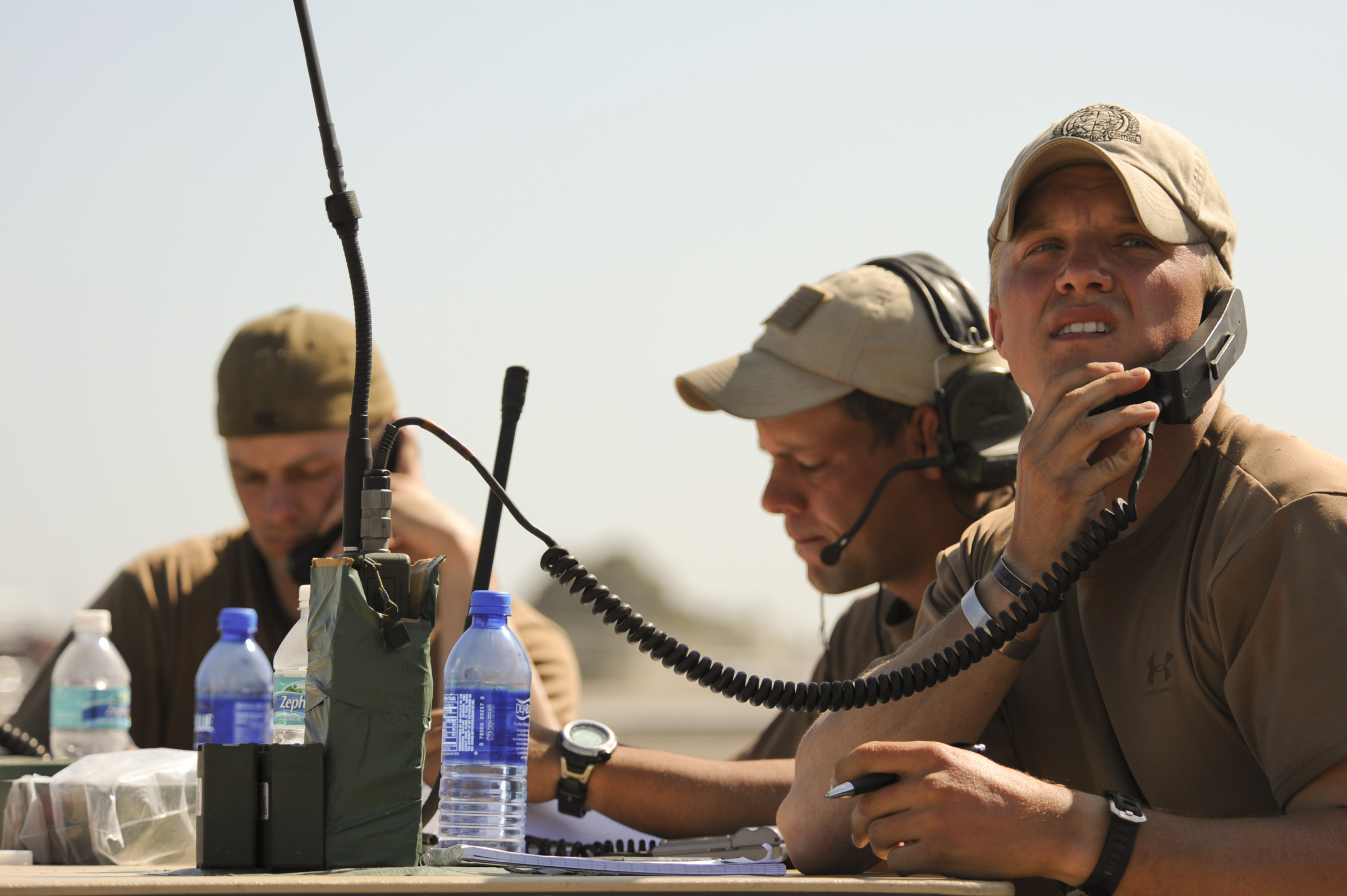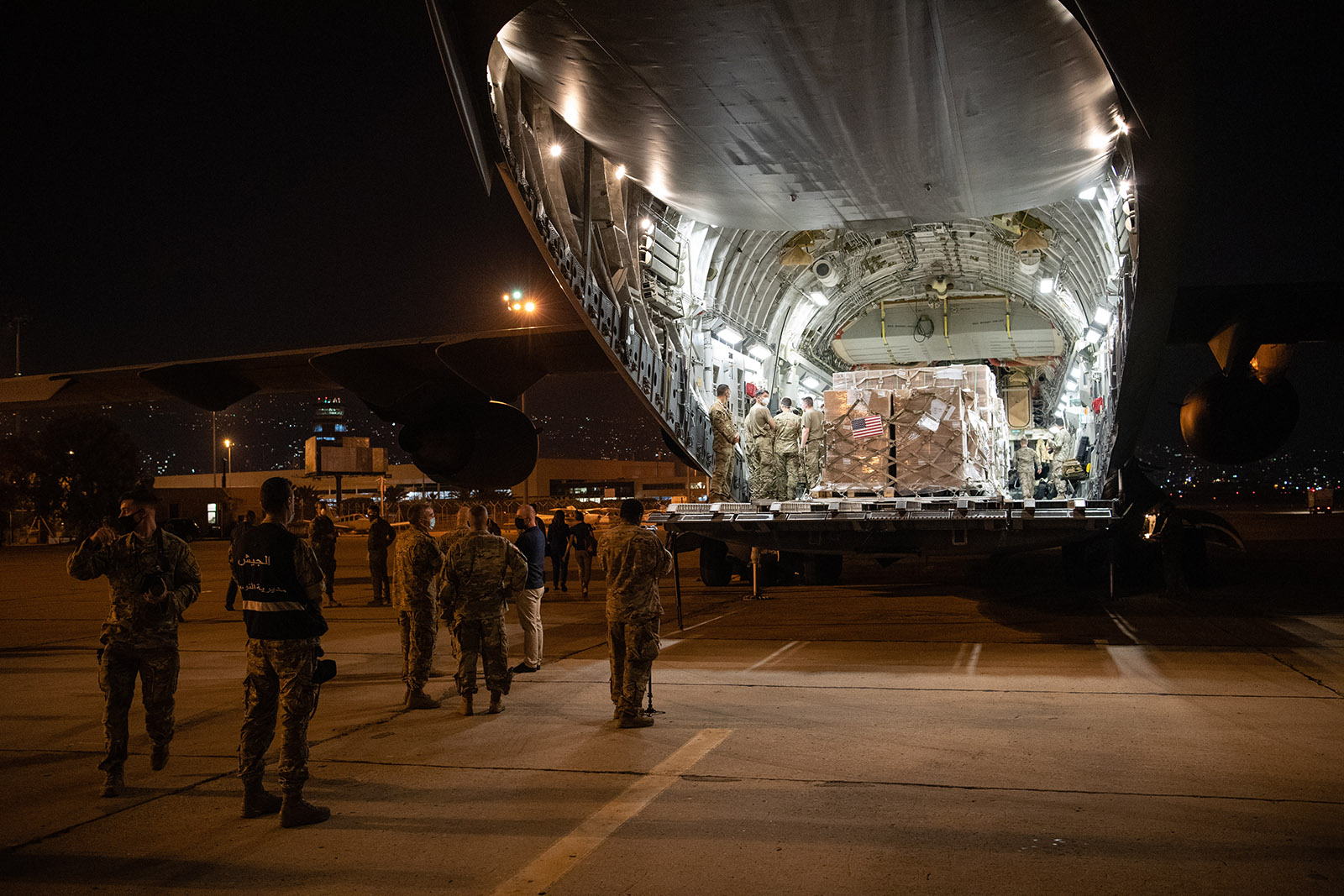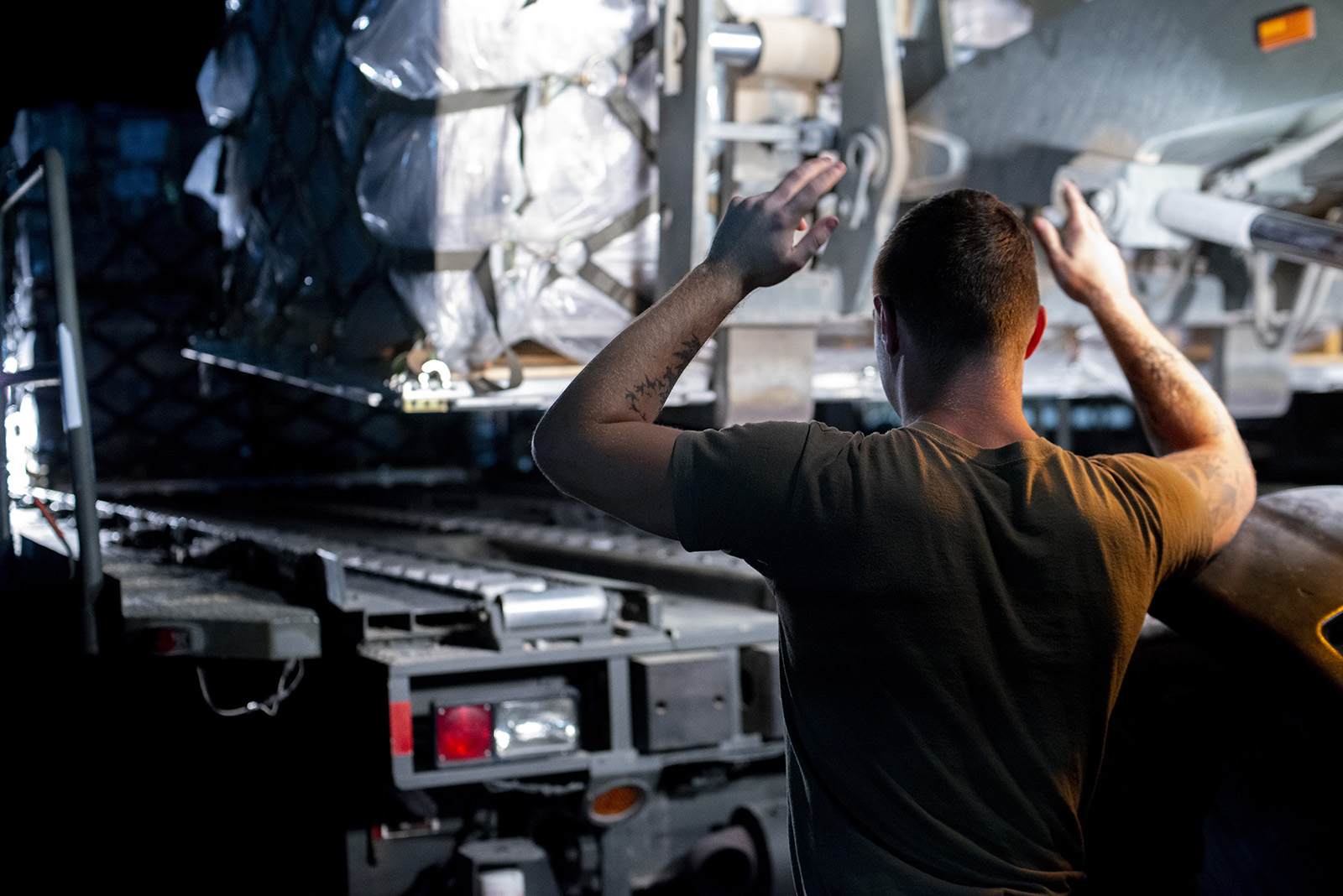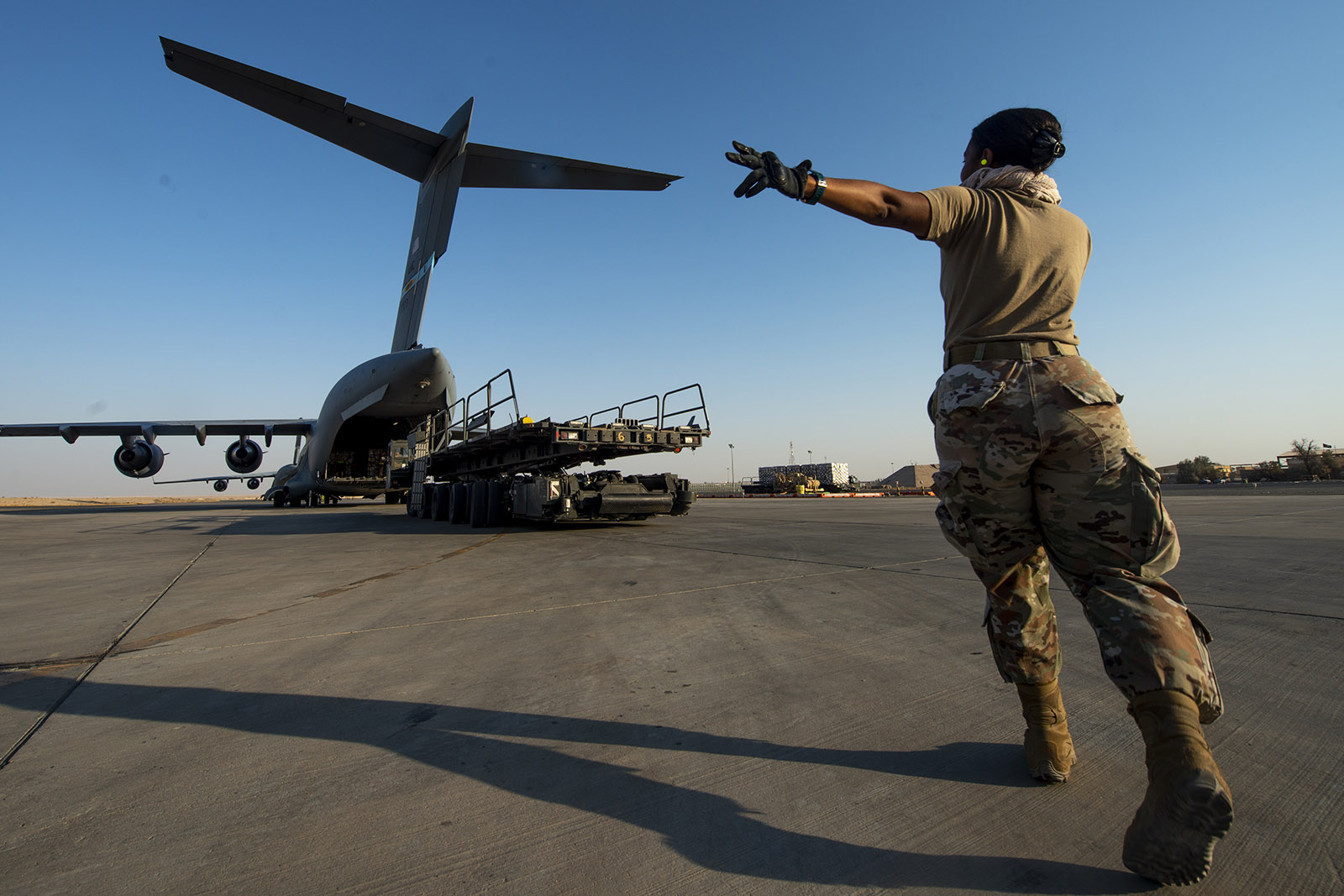
THE HUMAN MISSION

The U.S. Air Force has provided humanitarian aid since the Berlin Airlift in 1948.
The call to serve can come from anywhere, and in the case of humanitarian emergencies like natural disasters and health crises, the U.S. Air Force is prepared to answer. In addition to defending our country and its allies against threats, providing humanitarian aid is an ongoing task. We respond to humanitarian crises around the world, whether we airdrop food and medical supplies to those in need, rescue others from natural disasters or prevent the spread of disease.
-
The NPC is a 40-ft shipping container designed to transport COVID-19 patients
The NPC is a 40-ft shipping container designed to transport COVID-19 patients
-
THE NPC uses negative air pressure to continuously pull outside air in through high-efficiency filters to prevent contamination
THE NPC uses negative air pressure to continuously pull outside air in through high-efficiency filters to prevent contamination
-
The NPC can be fitted to fly in a C-5 Galaxy or a C-17, while a smaller version can be used on a C-130 Hercules
The NPC can be fitted to fly in a C-5 Galaxy or a C-17, while a smaller version can be used on a C-130 Hercules
STOPPING THE SPREAD
When a threat has the potential to spread across the world, the U.S. Air Force knows how to respond. During the Ebola outbreak of 2014, engineers developed the Transportation Isolation System (TIS) to safely transport and care for infected patients while keeping aircrew and others safe from contamination.
The innovation spurred by the Ebola outbreak proved useful against the global health threat of COVID-19. Building on the technology of the TIS, Airmen developed the Negatively Pressurized Conex (NPC). While the TIS can transport four passengers at a time, the NPC can transport up to 28 infected people, making it a more efficient solution amid a fierce and unpredictable pandemic. It was developed in record time, evolving from a drawing on the back of a napkin to an operational container in 88 days.
